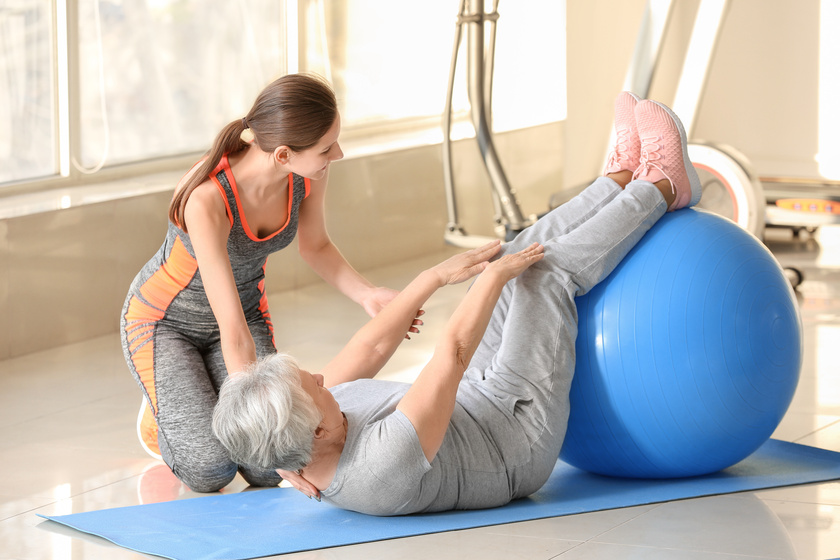Staying healthy and strong is possible even into old age. Making healthy diet choices and embracing an active lifestyle allows individuals to remain strong at any age. Staying active and keeping the body moving are vital for remaining in optimal shape. Retirement is not just about relaxing and sitting around; it is about making the most of the extended free time. It is essential to create an exercise routine in assisted living.
Determine What Your Body Can Do
When creating an exercise program, it is crucial to determine what an individual’s body can handle. It is vital to realize that over time, your body cannot handle some physical activities it did in the past. Ensure you speak to a health professional or doctor before embarking on physical activity. Even in poor physical condition, you can benefit from low-impact exercises. Any movement can help to improve your body’s flexibility.
Getting Medical Clearance
Before you or your loved one begins an exercise routine, it is essential to get medical clearance. Some health conditions, such as arthritis require special considerations before exercising. Simple exercises such as leg lifts while seated can be helpful for individuals with medical conditions. Simple exercises help to increase circulation without increasing the risk of straining a muscle or falling. Most people can perform arm rotations and ankle stretches easily.
Performing Stretching Exercises
Exercise routines for elderly adults should include plenty of stretching. Apart from being easy to perform, low-impact stretches can be beneficial for overall health. Range of motion exercises is often used in physical therapy or rehabilitation. They involve flexing the legs, arms and fingers at the major joints, as far as possible, without inflicting pain. Grasping objects, reaching, and bending, are all part of stretching exercises. Muscles that are not stretched contract from lack of use, which can cause pain. Exercises help to keep the body moving normally.
Weight Training Exercises
Weight training is not just about building huge muscles; it helps to maintain muscle tone. An effective exercise routine includes light weight lifting to maintain muscle and increase strength. It can be done without bulking up the body. Trainers in the assisted living community help to design exercise programs ideal for each individual. They are based on physical strength and overall health.
Walking for Exercise
Research has shown that residents in retirement communities who walk regularly can perform more strenuous activities. Walking is one of the best ways to keep fit for individuals who do not have balance issues. You can begin with short walks, and increase the distances as you get stronger. Remember, you can benefit from walks even if you use a cane or walker. Neighborhoods with outdoor areas with flat surfaces or paved paths are ideal for walking, while also getting valuable fresh air.
Another exercise that is ideal in an assisted living community is swimming. This low-impact exercise is perfect for residents of all ages. It can help to combat the effects of aging, preventing certain age-related health conditions. A regular exercise routine has both physical and psychological benefits. The benefits include weight maintenance, disease prevention, improved balance, enhanced cognitive function and improved sleep quality. It also helps to improve self-esteem and reduce symptoms of depression.







